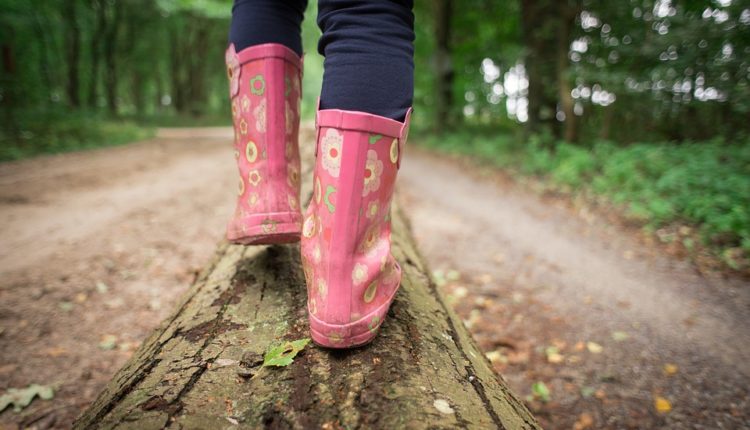As an Autism Support Worker, I was fortunate to work side-by-side with an amazing team of Occupational Therapists. These professionals are trained in helping children, and adults, develop and strengthen the movements of the body.
These body movements are broken down into 2 categories: gross motor skills and fine motor skills. While most children will develop these skills as a steady rate, some may need a little extra help achieving milestones.
Knowing the difference between the two sets of skills, and understanding the significant milestones from infancy to toddler-hood, can help in gauging whether or not your child may need the extra help either at home or through an Occupational Therapist.
Gross Motor Skills
Gross motor skills are those big body movements performed by the larger muscle groups. These areas include the neck, arms, legs and torso. Movements such as walking, jumping and throwing make use of gross motor skills.
Gross Motor Practice: You can help you little one develop gross motor skills by encouraging large movements such as stepping up onto something, crawl under furniture or walking on designated spots such as squares or circles.
Fine Motor Skills
Fine motor skills involve use of smaller muscle groups to perform more intricate movements such as pinching and holding a pencil. The hands and fingers are areas of the body that use fine motor movement.
Fine Motor Practice: Using objects such as clothespins and tongs can help your little one strengthen the small muscles in their hands. Even pinching pieces of clay or play-dough can help with fine motor skills as well.

Motor Skill Milestones
Birth to 6 Months
During the first six months of your child’s life, you will notice the development of gross motor skills as he or she begins to move their head from side to side before eventually lifting it while laying. Children in this age range will begin to kick their legs, grab their feet and roll over.
They are also beginning to develop fine motor skills as well. They will clasp their hands, play with their fingers and learn how to transfer objects from one hand to the other.
9 Months to 12 Months
All those leg kicks and feet grabs have prepared your little one for crawling, cruising and walking. Most children in this age range begin by crawling or scooting across the floor. Once they begin to stand in a stationary position, they will eventually start cruising by grabbing furniture or helpful hands to begin walking around the room. This all leads to the ability to walk.
Their finger dexterity is beginning to advance as full hand movements are becoming more finger-oriented. They will begin to poke, point and even begin using a pincer grasp. A pincer grasp uses the fingertip area to pick up objects. This will eventually lead to pencil use.
15 Months to 2 Years
Your little one will be walking and able to stand from a seated position. Up until the age of 2, they will perfect the art of running, jumping and avoiding obstacles while in movement.
Even though they can pick up objects using a pincer grasp, you may notice a full palm grasp when using crayons or markers. Children at this age tend to hold writing and colouring implements with their entire fist – don’t worry, this will eventually evolve into what is called a tripod grasp, in which they will use their thumb, index and middle finger to hold pencils. Around this age you will definitely notice a hand preference.

